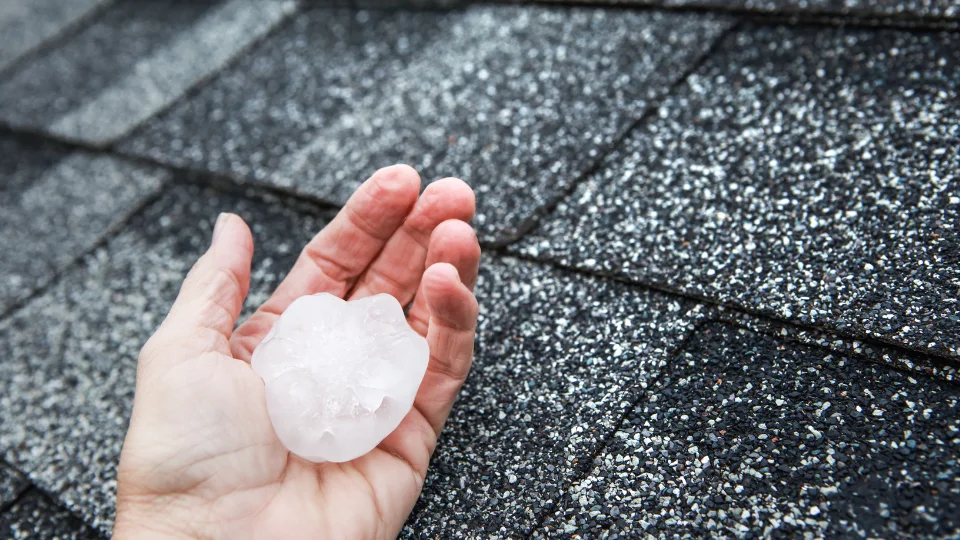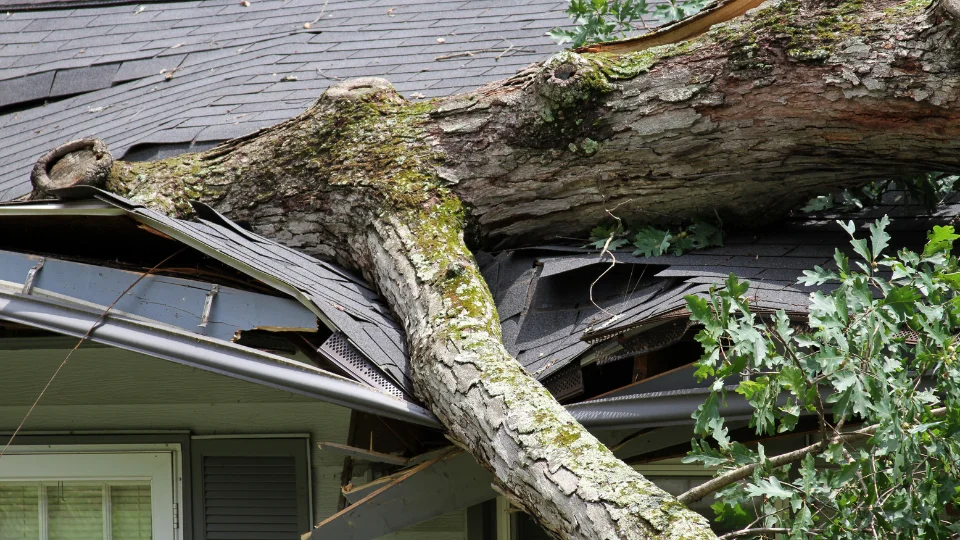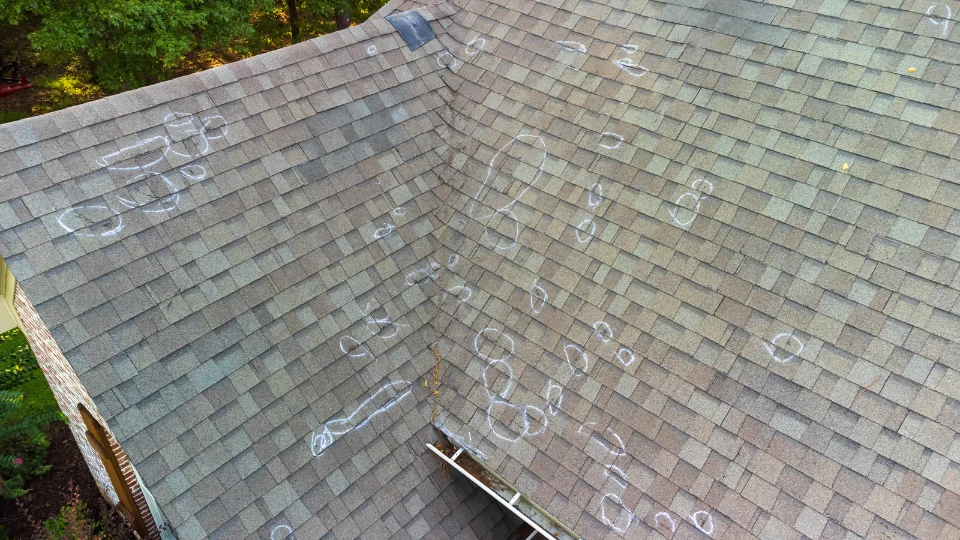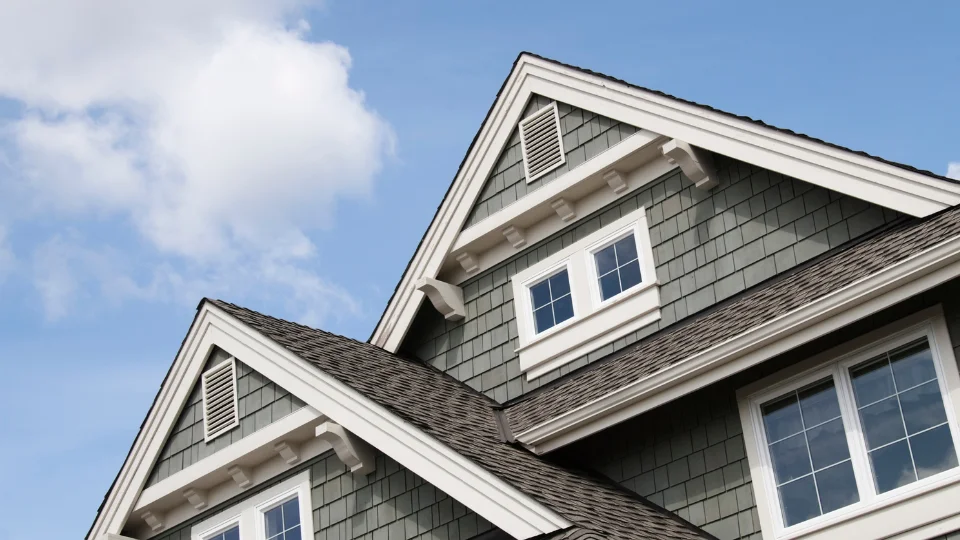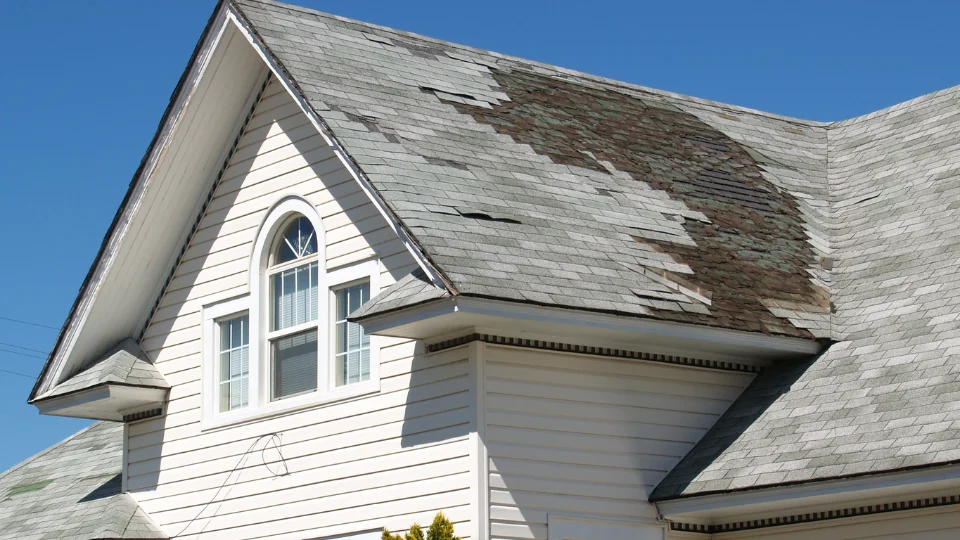Hailstorms can be a nightmare for homeowners, especially when it comes to roof damage. If you’ve ever wondered whether hail can actually harm your roof, the answer is a resounding yes—but the extent of the damage depends largely on the size of the hailstones. Some hailstones might just cause minor cosmetic issues, while others can lead to costly repairs or even a full roof replacement.
Understanding the impact of different hail sizes on your roof can help you take preventative measures and address damage before it becomes a serious problem. In this guide, we’ll break down what sizes of hail are most dangerous, how to spot signs of damage, and what you should do if your roof takes a hit.Contact Us
What Size Hail Will Damage a Roof?
The bigger the hail, the more likely it is to damage your roof. However, even smaller hailstones can cause long-term issues if left unaddressed. Here’s a breakdown of what you can expect at different hail sizes:
Quarter-Size Hail (1 Inch in Diameter)
At first glance, quarter-size hail may not seem like a big deal. However, even hail measuring just 1 inch in diameter can start to wear down a roof over time. When these hailstones strike, they can dislodge the protective granules on asphalt shingles, leading to premature aging. Without those granules, shingles are more vulnerable to sun exposure, moisture infiltration, and general wear and tear.
Older roofs, or those with pre-existing wear, are particularly at risk when hit by quarter-size hail. The damage might not be immediately visible, but over time, cracks can form, leading to leaks and structural weakening.
Half-Dollar-Size Hail (1.25 Inches in Diameter)
Once hail reaches half-dollar size, the damage becomes more apparent. Hail this size has enough force to cause visible dents and cracks in shingles, especially if the storm is accompanied by high winds. These impacts weaken the roof’s protective layers, leaving it susceptible to leaks and further deterioration.
If your area experiences a hailstorm with hailstones of this size, it’s crucial to inspect your roof afterward. Even if the damage seems minimal, small cracks can quickly grow into larger problems if left unaddressed.
Golf Ball-Size Hail (1.75 Inches in Diameter or Larger)
Golf ball-size hail is where things get serious. At this size, hailstones can not only crack shingles but also dent metal roofing and even damage the roof decking underneath. The sheer force of impact can create punctures, allowing water to seep into the home.
These large hailstones often leave behind clear signs of damage, including:
- Dents in metal flashing, vents, and gutters
- Cracks in shingles that expose the fiberglass mat underneath
- Severe granule loss, leading to bare spots on the roof
When hail of this size falls, homeowners should act fast to prevent further damage. A professional roofing inspection is the best way to assess whether repairs or a full roof replacement are necessary.
Signs of Hail Damage on a Roof
After a hailstorm, it’s important to inspect your roof for potential damage. While some signs are obvious, others can be more subtle. Here’s what to look for:
Granule Loss on Shingles
One of the first signs of hail damage is the loss of granules on asphalt shingles. These granules serve as a protective layer, shielding the roof from UV rays and water damage. When hail knocks them loose, the shingles become more vulnerable to weather-related wear and tear. Over time, this can shorten the lifespan of your roof and increase the risk of leaks.
Cracks or Dents in Shingles
Cracks or dents in shingles indicate direct impact from hail. Even small fractures can lead to significant problems over time, as they allow water to seep in and weaken the structure of your roof. If you notice any cracks or dents after a storm, it’s essential to address them quickly to prevent further damage.
Exposed or Fractured Fiberglass Mats
Asphalt shingles have a fiberglass mat at their core for strength and durability. When hail strikes hard enough, it can fracture this mat, compromising the shingle’s integrity. Exposed or broken fiberglass mats are a major concern because they indicate severe damage that could lead to water leaks and structural weakening.
Because this type of damage isn’t always visible from the ground, it’s a good idea to have a professional roofing contractor inspect your roof after a severe hailstorm.
Can Hail Damage Be Repaired?
The good news is that hail damage can be repaired—but timing is crucial. If left unaddressed, minor damage can escalate into major problems, leading to costly repairs or even a full roof replacement.
What to Do If Your Roof Has Hail Damage
- Inspect Your Roof – After a hailstorm, do a visual inspection from the ground. Look for missing granules, dents in shingles, or damage to gutters and vents.
- Check Your Attic – If you notice water stains or leaks inside your home, this could be a sign that hail has compromised your roof.
- Call a Professional Roofer – A trained roofing expert can assess the extent of the damage and recommend the best course of action. In many cases, homeowners insurance may cover the cost of repairs or replacement.
Conclusion: Protect Your Home from Hail Damage
Understanding how hail affects your roof is the first step toward protecting your home. Even small hailstones can lead to significant damage over time, so regular inspections and prompt repairs are essential.Contact Us
If you’ve recently experienced a hailstorm, don’t wait until a small issue turns into a costly problem. Landmark Roofing specializes in hail damage repair and roof replacements, ensuring that your home stays protected no matter the weather. Our team of experts will provide a thorough inspection and help you navigate any necessary repairs or insurance claims.
Don’t leave your roof’s health to chance—schedule a free inspection with Landmark Roofing today!
By taking action now, you can prevent further damage and extend the lifespan of your roof, giving you peace of mind for years to come.

